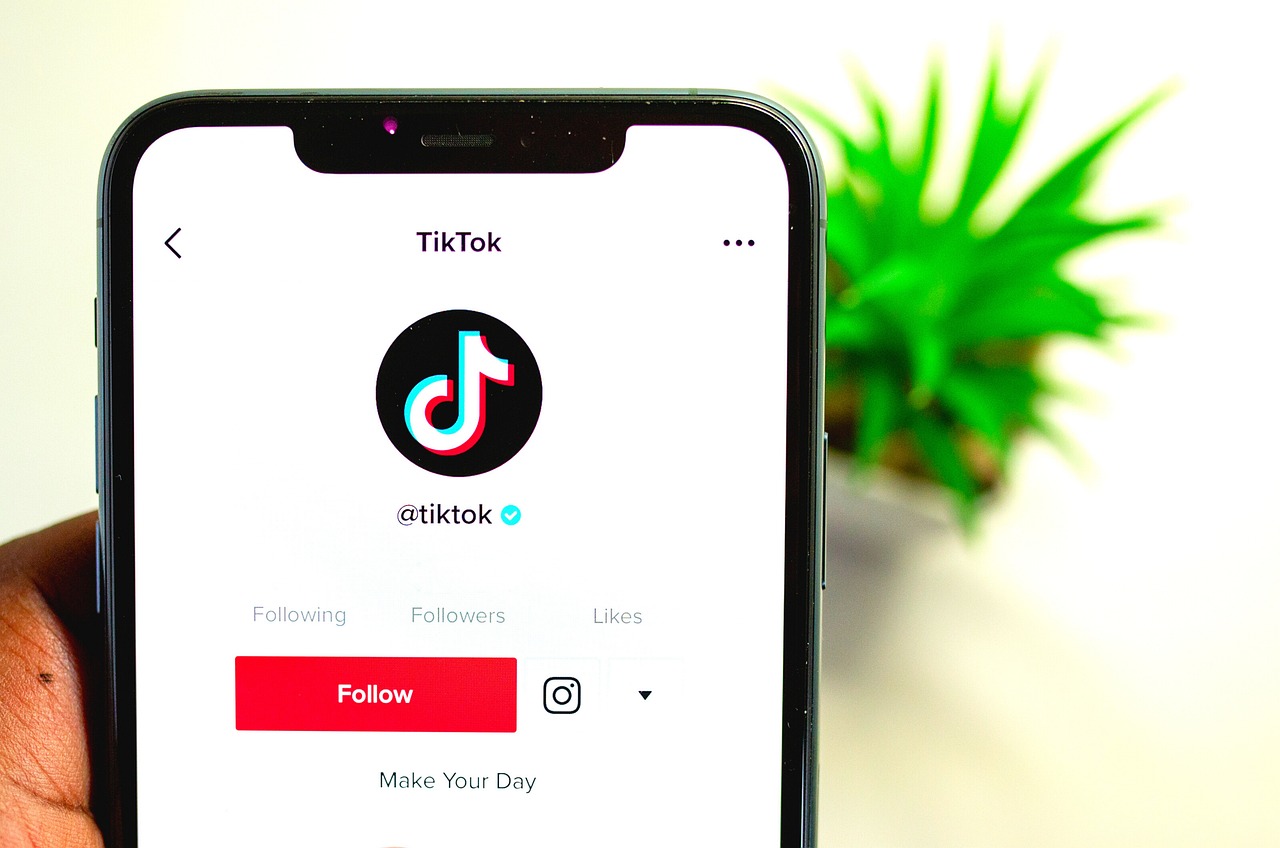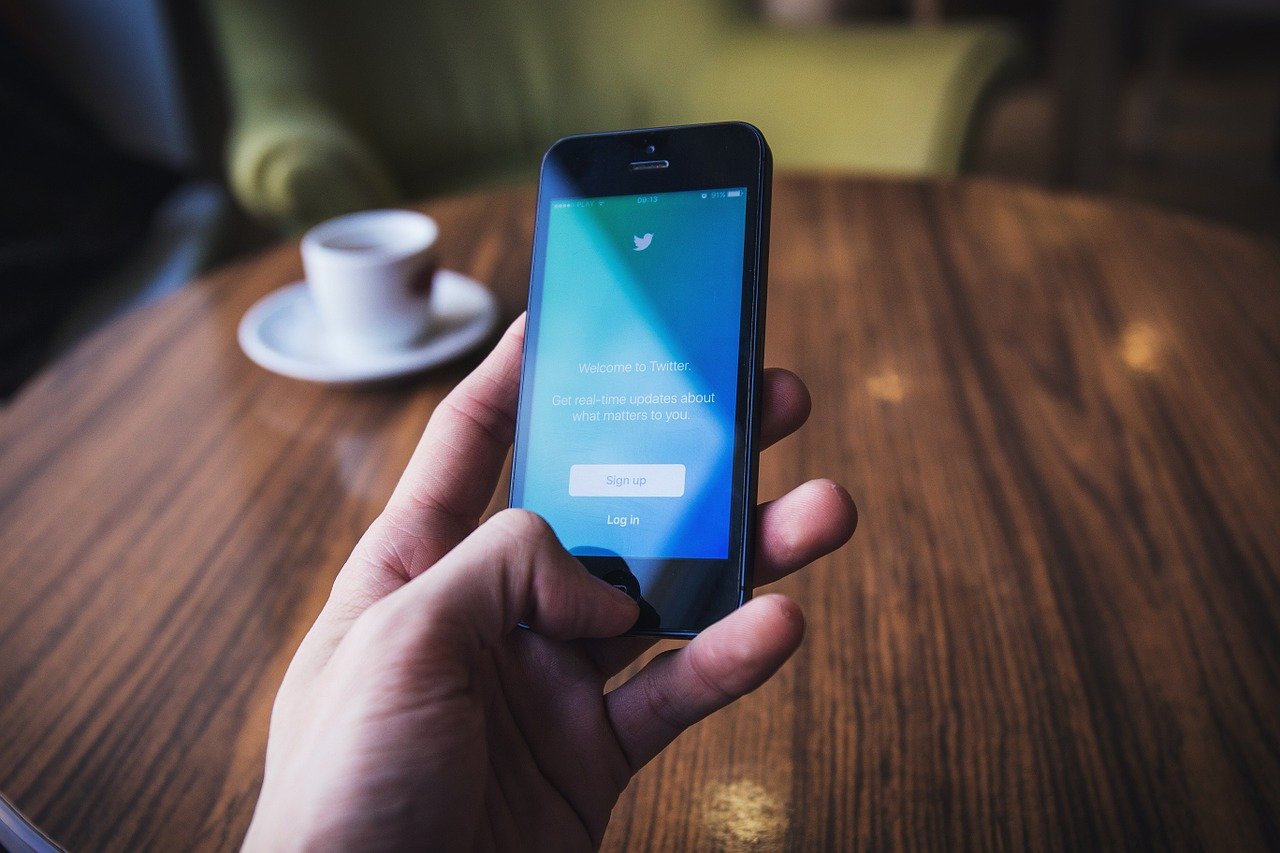The president said he hates Big Tech. Yet his frequent, controversial tweets to his 88 million followers suggest otherwise. Trump loved Twitter, using the platform to side-track the media and speak directly to his right-wing voters. But after a recent crackdown on the president’s promotion machine, the social media giant has barred the president indefinitely. Checkmate. Twitter doesn’t stand alone either. Triggered by the violence wreaked by his supporters at the US Capitol, Facebook has also suspended Trump’s account, with YouTube following suit today. Meanwhile, Apple, Google and Amazon have all taken steps to clamp down on Parler, the niche Twitter rival used by many of the presidents most enthusiastic supporters. It seems that Big Tech has joined forces to stamp out Trump, but the battle is far from won.
Big Tech meets Big Politics
Of course, Trump’s reputation for using these platforms to glorify violence, amplify conspiracy theories and sow disinformation into the public eye put increasing pressure on social media companies. Their previous approach of turning a blind eye suddenly turned into a call for action. But silencing Trump all together – was that a step too far?This power move added fuel to the already burning dispute about where the balance lies between a tech company’s right to censor users who breach their policies versus an individual’s right to freedom of expression. So much so that Donald Trump Junior poetically said: “free speech is dead and controlled by leftist overlords!”While some think that social media firms should act as arbiters of public discourse. Others label this control as an unacceptable act of censorship. Yet, the fact is, social networks are private companies. Just like an owner of a restaurant has the right to kick out a customer who’s being loud and disruptive, Mark Zuckerberg and Jack Dorsey had the right to kick Trump out. Right?But if social media companies can bar Trump (arguably the most powerful man on the planet) this demonstrates the unchecked political power that they really have. Perhaps way too much then they should be allowed.One only has to watch the captivating Netflix documentary The Social Dilemma to be exposed to the addictive, dopamine-induced horrors of social media – but when comes to moderating, the fine line between acceptable and unacceptable hasn’t been so clear. Here, only in the very last leg of Trump’s presidency Big Tech decided to take action despite already breaching the rules way too often, for way too long. Coincidence? I don’t think so.
So, what happens now?
The swift action by these companies mark a turning point for tech moderation worldwide. Social networks’ guidelines have naturally evolved but it’s clear now that they haven’t been consistently applied. As we delve further into the digital era, these rules need to be black and white, allowing no room for interpretation so that instances like this are simply avoided.Agreed, the fact that Twitter can cut the cord on Trump without any checks is, indeed, baffling. It certainly demonstrates the sheer dominance of these platforms, but it also showcases the weakness in the way the entire digital space is organised and the weakness in the voices themselves.In PR, we understand the true value of social media and the impact it can have on a brands image. We ensure our clients have clear, positive and politically correct messaging via their social handles, and they reap the rewards back twofold.However, Trump and thousands of his followers used the channel to unleash chaos. Unacceptable act of censorship? How about an unacceptable form of conduct? At the end of the day, users have a choice. Treat social media as you expect to be treated back – with caution and care.Sure, Big Tech may need an ego check. But the power of social media and their ability to rein in controversy isn’t the only issue at hand. Trump went far beyond the line by inciting a riot, and perhaps they were right to send him packing.
Related Articles

Politics and Social Media – Part Two: Why Is My Prime Minister Bad at TikToks?
Article by:Tomisin Fayemi


